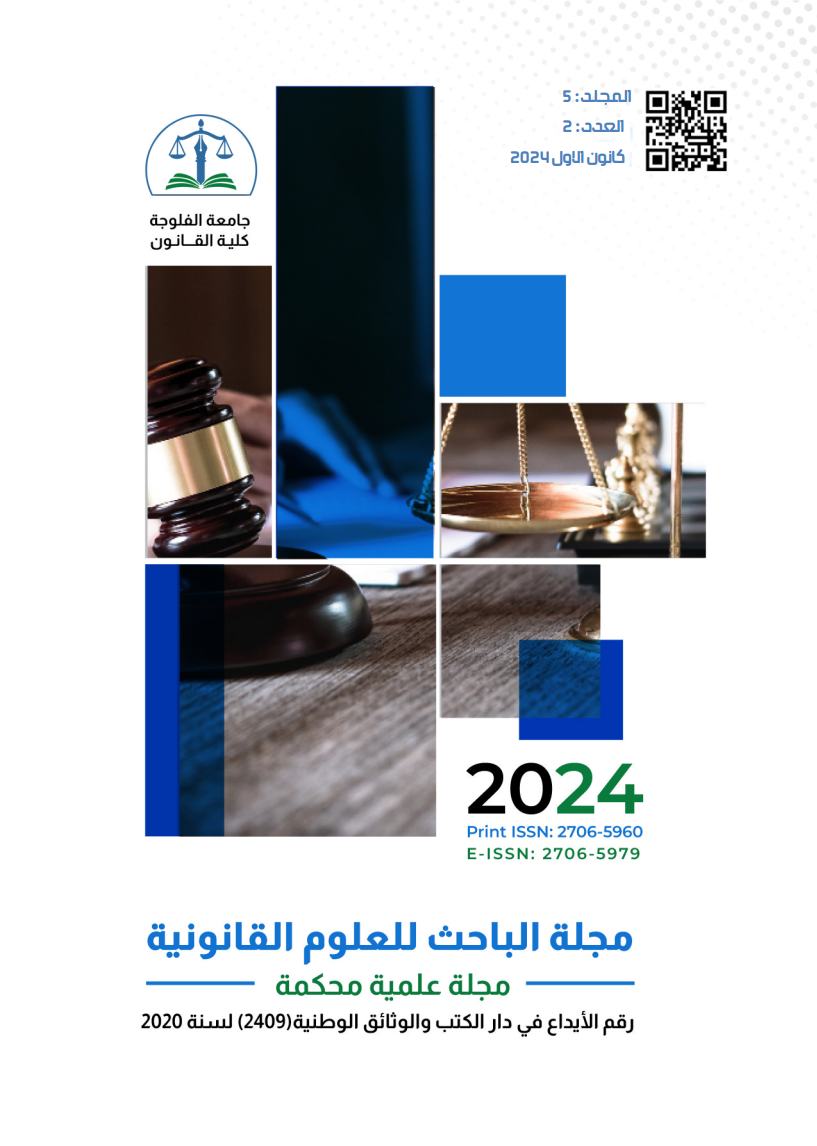The Role of Interdisciplinary Studies in Establishing the Rules of Technical Criminal Law -Analytical Study-
Abstract
Human beings currently live in two parallel worlds: the real world of social relations and direct contact with other individuals as a member of society; the second is a virtual world, imposed as a result of technological development, and every world of these has its own rules. Despite the many advantages of technological development, it has at the same time led to the emergence of many patterns of criminal behaviors. These new patterns of crime differ in nature and characteristics from those of conventional crime. The dramatic development of artificial intelligence techniques is one of the most important factors that have exacerbated the problem of new crimes, which has led the legislator in various countries of the world to enact special legislation to deal with this type of crime, allowing for the emergence of a new branch of law, namely technical criminal law.
Electronic crimes and crimes resulting from the use of artificial intelligence techniques are the subject of this new section, given the characteristics of such crimes, most notably cross-border crimes, and at the same time they are difficult to detect easily. This makes it difficult to prosecute them through traditional procedures.
Thus, the rules of technical criminal law are distinct from the traditional rules, particularly with regard to procedural matters, which give rise to many problems, particularly with regard to the principle of criminal legality, which must be read in a new context. There is no doubt that in-house studies can play a prominent role in the elaboration of the rules of this new branch of law in order to achieve a genuine and complete criminal justice.
This research explores utilizing interdisciplinary studies in order to set the rules to face technical crimes, and to establish foundations of technical criminal law in order to achieve the justice
Keywords:
Interdisciplinary studies; Interdisciplinary studies; Information Technology; Artificial Intelligence; Technical Criminal Law
Published
How to Cite
Issue
Section
License
Copyright (c) 2025 Research Journal for Legal Sciences

This work is licensed under a Creative Commons Attribution-NonCommercial 4.0 International License.





